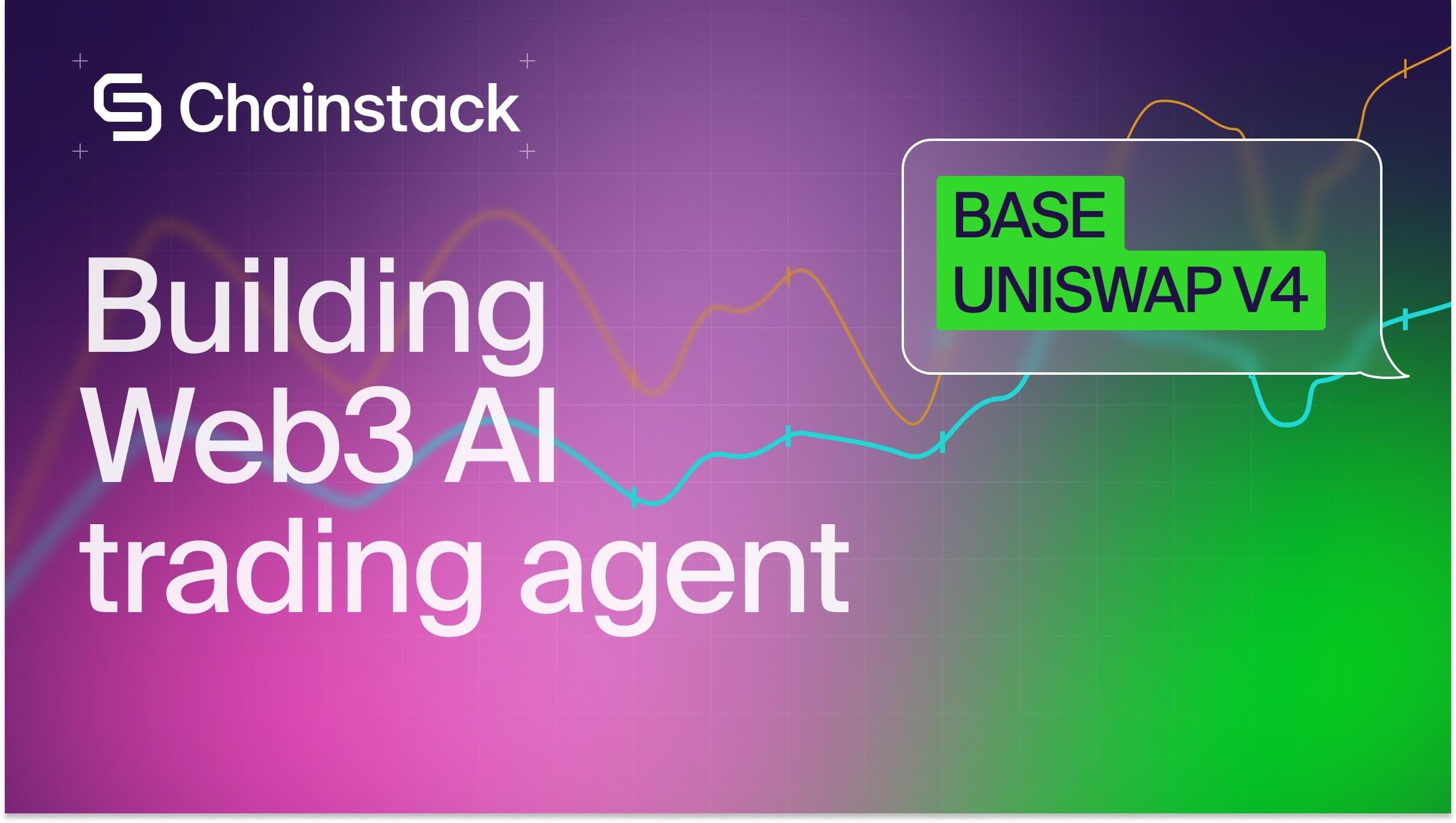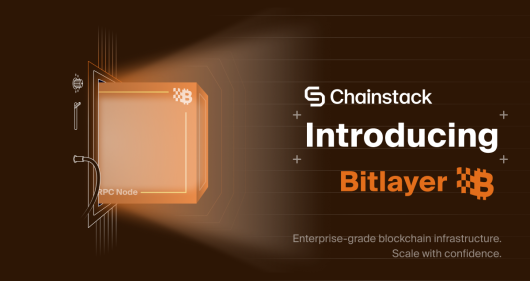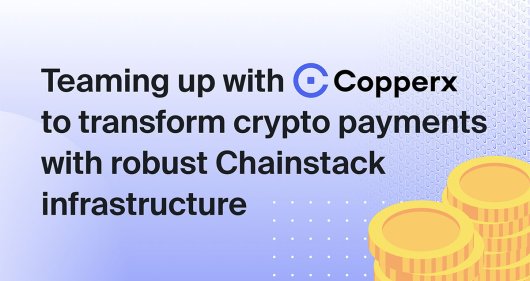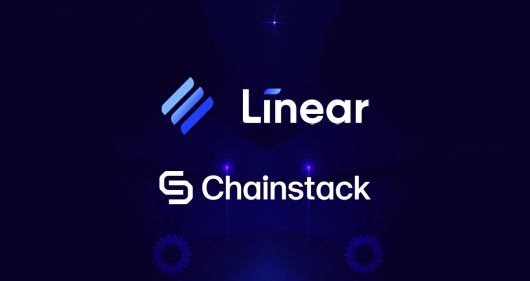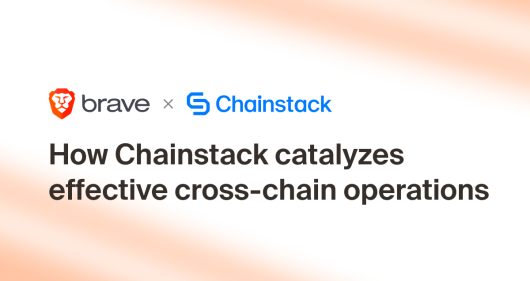Introducing Bolt: The Chainstack technology made for simple node synchronization
Every distributed ledger network is run by a collection of nodes whether public, private or consortium in nature. These nodes interact with blockchain networks to facilitate several activities such as querying data, executing transactions, managing wallets, and many more. Also, as with all decentralized networks, each of these nodes keeps a copy of all network transactions.
While this concept isn’t necessarily complicated, the process of developing and deploying a blockchain, and its associated nodes, can be intimidating. This perception is especially true for companies that have established project budgets and specifications to which they must adhere. With 43% of organizations identifying blockchain as critically relevant, there is an apparent need to make this process easier.
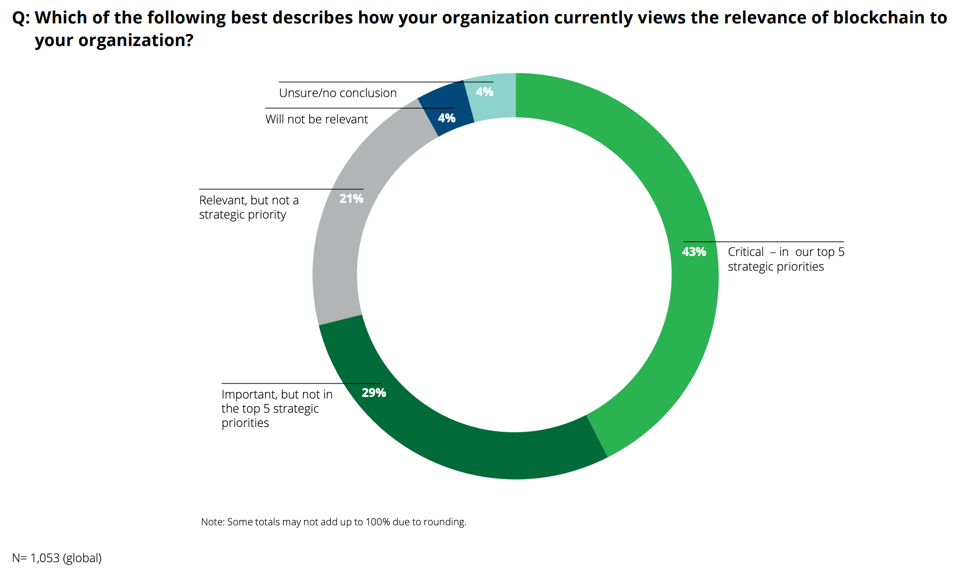
Source: Deloitte’s 2018 Global Blockchain Survey
That’s why Chainstack developed Bolt, a technology that makes node syncing and subsequent blockchain deployment simple. But what exactly is node syncing and why has it proven to be a pain point for adopters of blockchain technology?
As mentioned, nodes act as the backbone of any distributed ledger network. However setting up a truly synced node requires time, effort, and extensive technical knowledge. And let’s not forget that without these nodes, there’s no access to a blockchain network. To understand the real value of Bolt lets first delve into the typical process of node synchronization.
Synchronizing a conventional public node
When initiating node synchronization on a public network, the intent is to download a copy of the existing blockchain. While downloading these pre-existing blocks is typically a quick process, it’s all of the associated data that slows down the process dramatically. This includes information such as account balances, smart contract code, and other stored data.
All of this information must be downloaded and cross-checked with the latest blocks independently – that’s a lot of information. On the public Ethereum mainnet, participant nodes track the balance, nonce, and other data associated with users and smart contracts.

This information must be cryptographically linked to each block so that nodes can verify if accounts have been subject to tampering. This cryptographic linking results in a massive data structure containing all individual accounts and intermediate cryptographic proofs known as a state trie.
To establish a truly synchronized node, you must download all of this account data, as well as all the associated cryptographic proofs to verify that no one in the network is trying to deceive you. This process produces a substantial collection of data points, but there’s even more to consider. While the node collects all of this data, the network is simultaneously moving forward and recording more transactions. Ultimately, you’re trying to gather all the recent data while also working to obtain all past blockchain activities.
And until you gather all of this data, your local node remains unusable since it can’t cryptographically prove anything about the blockchain accounts. Although this example refers to a public blockchain node, the same scenario can arise on private or consortium networks as they become more extensively used.
But what exactly are the challenges associated with node synchronization?
The challenges of blockchain node setup
There are several challenges associated with the deployment of a blockchain network and its associated nodes. As mentioned, these issues are typically characteristic of public ledgers such as Ethereum and Bitcoin. However, mega-consortia blockchains handling massive amounts of data succumb to similar pressures.
Slow synchronization
When synchronizing hundreds of GB of blockchain data, all while trying to keep up with new network activity, it’s going to take awhile. Typically this translates to hours or even days – as they say time is money.
Data corruption and network instability
As all the data items stored in blocks are downloaded and linked together, corruption in one block can corrupt the entire blockchain. This scenario may occur as a result of a poor network connection amongst a myriad of other reasons. As a result, you could wait days for node synchronization only to find all your efforts have been a waste.
The cost of hardware and network traffic
Depending on the cost of network traffic for a particular distributed ledger, there could be significant costs associated with initial node synchronization. There’s no guarantee of how much this may cost – the amount of data is immense, and the volume increases continuously.
The synchronization process is also extremely disk intensive, requiring a lot of writes. This can put excess stress on your valuable hardware while consuming substantial amounts of disk space. Ultimately, this requires resynchronization to clear disk space or the constant expansion of storage capacity.

Evolution of Free Disk Space During Synchronization
Bolt makes blockchain node setup easy
With the downsides of conventional node syncing assessed, it’s easy to show you why Bolt is a game changer. Whether you’re planning to deploy a public, private, or consortium blockchain network, Bolt has you covered.
Saving you time

To speed up the syncing process, Chainstack creates regular snapshots of the ledgers we support. When a node creation request is initiated, our platform restores the ledger on the node from the latest snapshot. As a result, there is no need to sync all the way through the blockchain. Instead, only the data added since the latest ledger snapshot needs to be downloaded.
This functionality ensures you have a fully synced node in just minutes – not hours or days. Bolt is a simple and robust technology that helps you spawn any number of nodes quickly and without the need for technical know-how.
Saving you money
As mentioned, the cost of network traffic can be significant when syncing a node due to the immense volume of data being downloaded. And although a fully synced node still requires the appropriate hardware to perform optimally with Bolt, Chainstack takes care of this for you. As a platform user, you’ll never worry about hardware costs or the high disk impact of syncing activities. You avoid investing in expensive hardware and potentially costly network traffic – that’s a win.
Bolt makes the future user-friendly
Bolt was developed to cut down on the time and money required to get a blockchain network up and running. With 84% of organizations reporting some involvement in blockchain technology, it couldn’t come at a better time. While conventional node synchronization requires significant time, money, and technical knowledge – Bolt makes the process simple.
Operating through an intuitive user interface, Bolt handles all the complexities of node synching and subsequent blockchain deployment. Through the use of innovative tools like Bolt, hurdles to blockchain adoption can be overcome. Like many others in the decentralized ecosystem, the Chainstack team understands that the future is user-friendly. Try it out for yourself; the future of blockchain deployment is only a few clicks away!
Explore Chainstack
Join our community of innovators
- To learn more about Chainstack, visit our Knowledge Center or join our Discord server and Telegram group.
- Sign up for a free Developer account, or explore the options offered by Growth or Business plans here.
- Take a look at our pricing tiers using a handy calculator to estimate usage and number of nodes.
Have you already explored what you can achieve with Chainstack? Get started for free today.
 Ethereum
Ethereum Solana
Solana Hyperliquid
Hyperliquid Base
Base BNB Smart Chain
BNB Smart Chain Monad
Monad Aptos
Aptos TRON
TRON Ronin
Ronin zkSync Era
zkSync Era Sonic
Sonic Polygon
Polygon Unichain
Unichain Gnosis Chain
Gnosis Chain Sui
Sui Avalanche Subnets
Avalanche Subnets Polygon CDK
Polygon CDK Starknet Appchains
Starknet Appchains zkSync Hyperchains
zkSync Hyperchains











